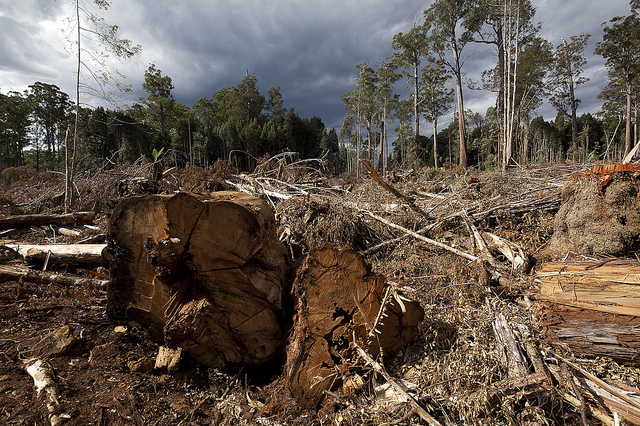On location in Rwanda: towering trees and crazy discussions
Modern skyscrapers and people talking to towering trees, irrepressible children who insisted on being in every frame and a heated discussion during a drive – reporter Julia Henrichmann came away with some lasting impressions while filming in Rwanda.
It doesn’t matter where you are in the Rwandan capital Kigali, chances are you’ll always find a moto-taxi (a motorcycle taxi), at your side waiting to drive you through the lush green valleys dotting the city. On the one hand, Kigali is a modern city with skyscrapers, busy streets and crowded shops. On the other, it’s also not unusual to come across pockets where some of the most amazingly large trees and plants find space to grow.
To get a sense of how big the trees are, I asked our driver Ismael to stand next to one I liked very much. He suddenly touched the tree and began talking to it. I asked him why. “Oh,” he said. “This must be a very old one, much older than me so I have to treat it with respect.”
I cannot say whether people are as respectful of nature everywhere in the country. There are many areas in Rwanda where people cut almost every tree for firewood. Gathering firewood is normally done by children. Some don’t go to school because of the long distances they have to walk to get firewood. It’s a problem that’s worsening by some estimates. Firewood is used in homes for cooking because there’s often no electricity. Many use diesel generators.
When we came to the countryside to the district of Nasho, many children wanted to touch me. Most of them had never seen a white person because they had never traveled beyond their district. They were delightful and innocent in a way that I have never seen children elsewhere. Maybe that’s because they did not expect anything from me. All they wanted was that I listen to them and spend some time with them (even though I did not understand their language).
And, of course they wanted me to take photos with them, even during the filming. They walked into every frame! How could we tell them that we just wanted Anastase Tabaro in the film, the man who brought electricity to their village? So we decided to make them part of the film. The villagers’ happiness and pride was palpable as they led us to the little hydro-electrical pump Anastase Tabaro had built for them.
Driving back to Kigali, we had a crazy animated discussion in the car and I became a bit alarmed that the Rwandans would come to blows. So they stopped talking in their native language and switched to English and French for my benefit. And so, what was the big discussion about? What’s the topic that pops up in conversations in Rwanda sooner or later? The genocide.
Even though it happened almost 20 years ago, everybody still talks very much talks about it. Every family here has been affected personally by the tragic event. When you come to Rwanda, you should no longer ask: “Are you a Hutu or a Tutsi?” That’s not the question anymore. The question we argued about in the car was the role of the media during the war and the genocide. Do you as a camera crew film or do you help the victims lying at your feet? During the three-hour drive, we came no closer to any answers. You will probably never find them.









